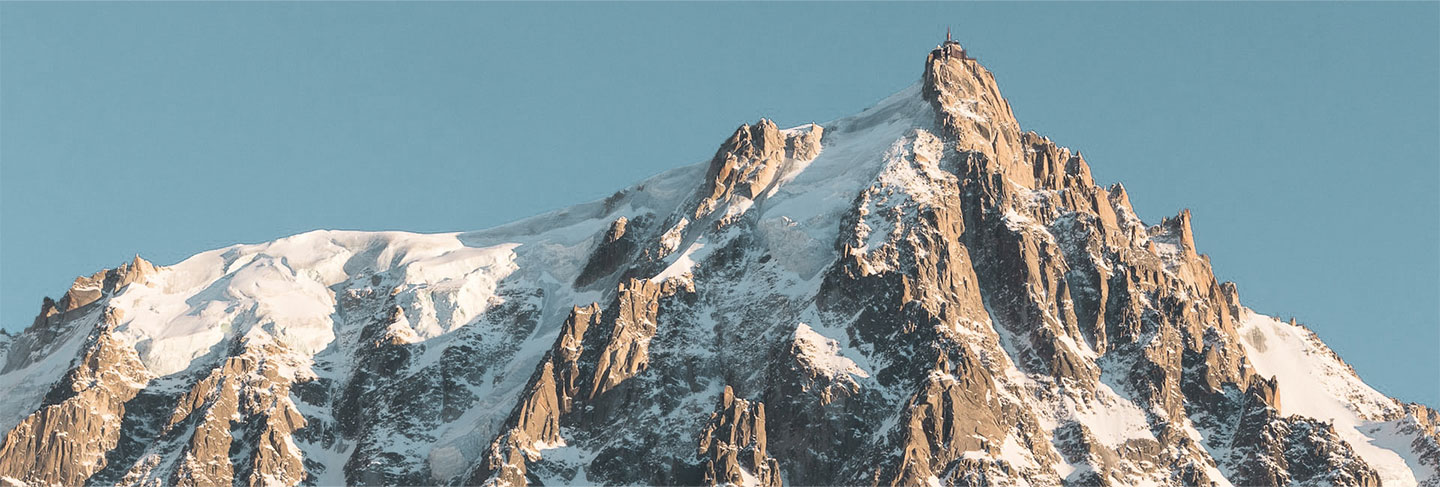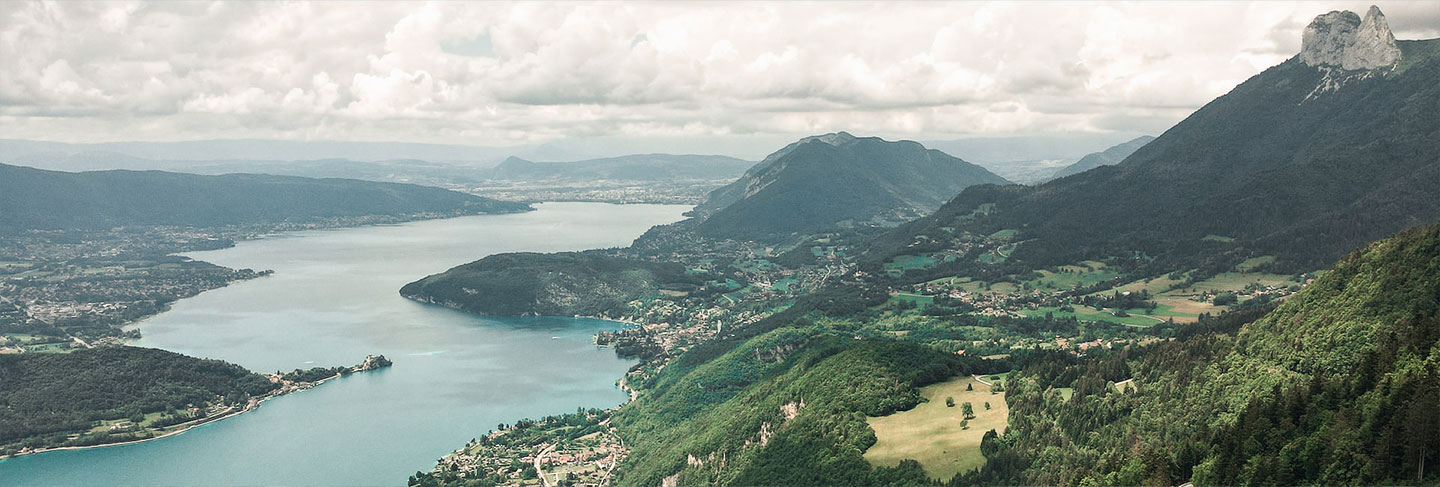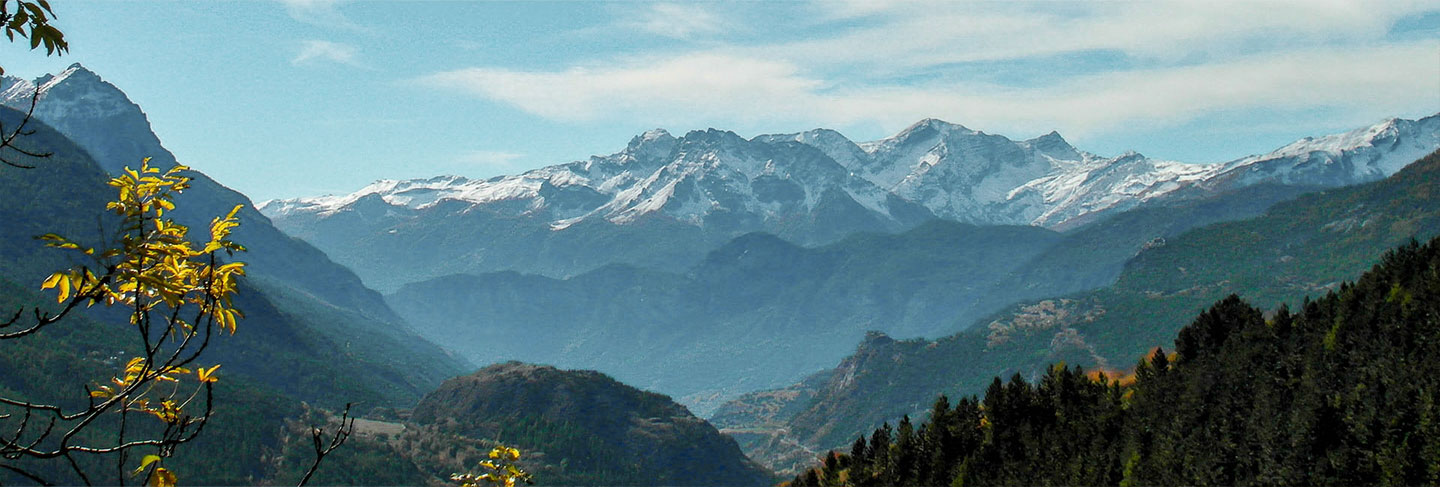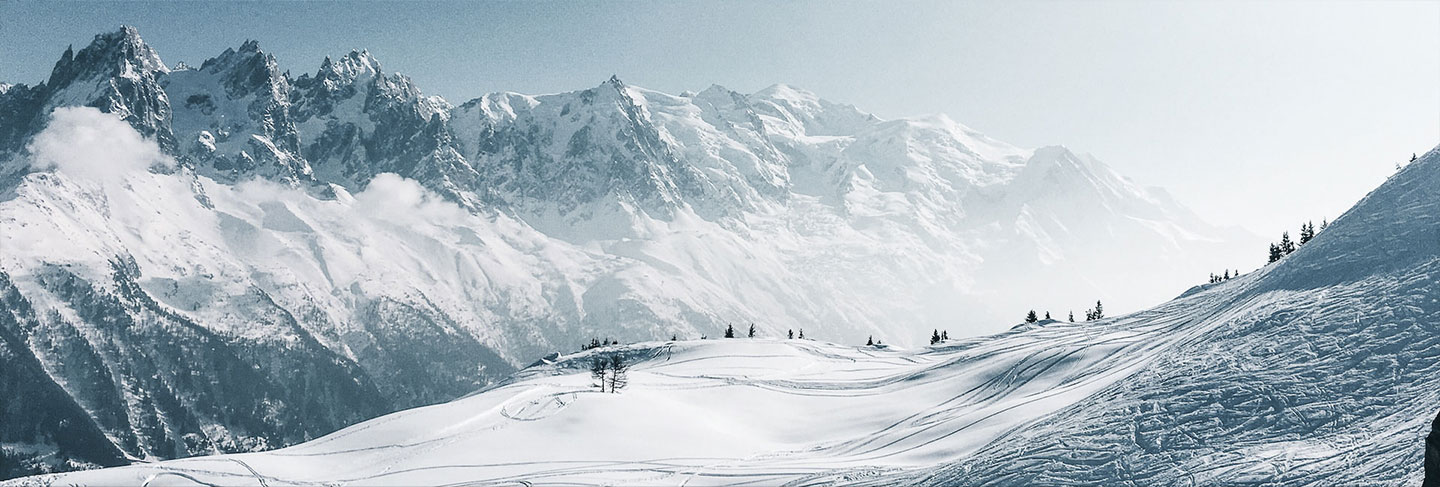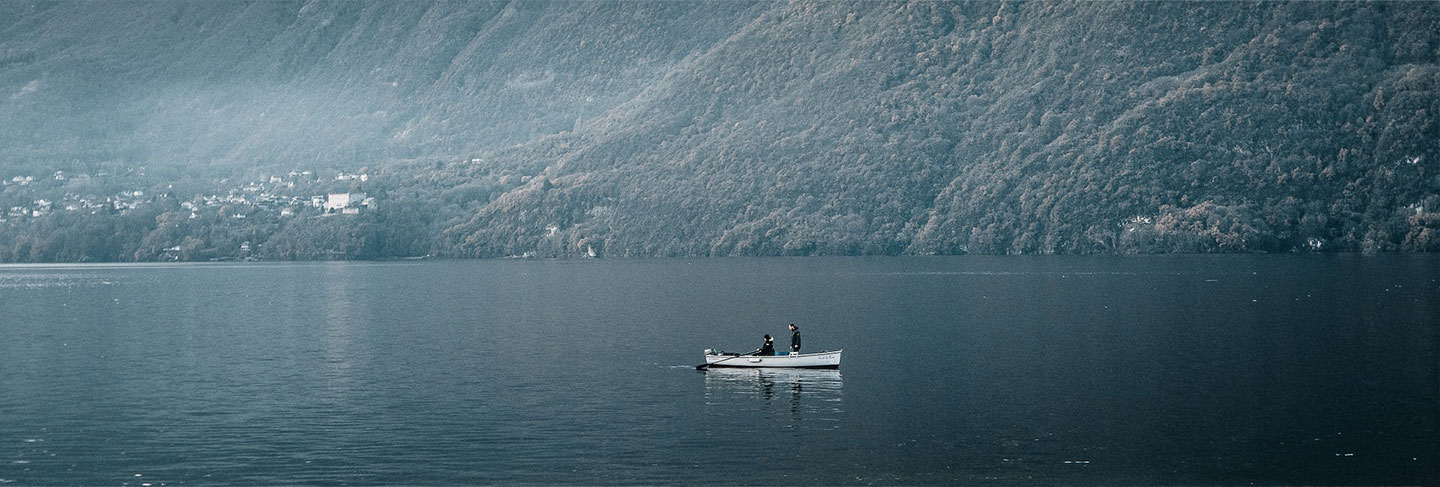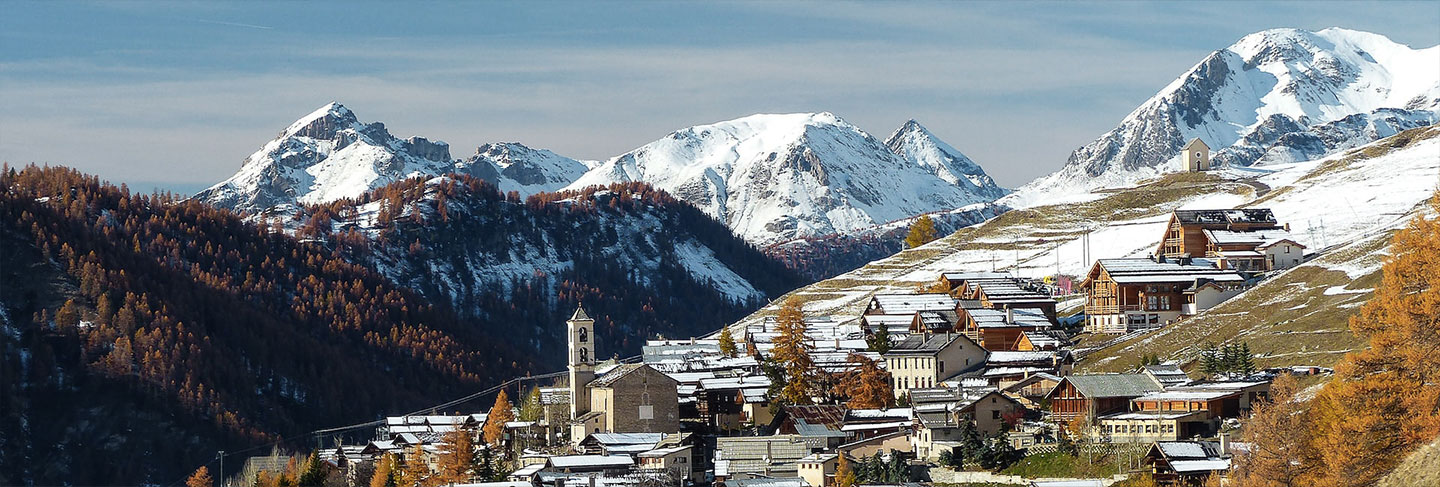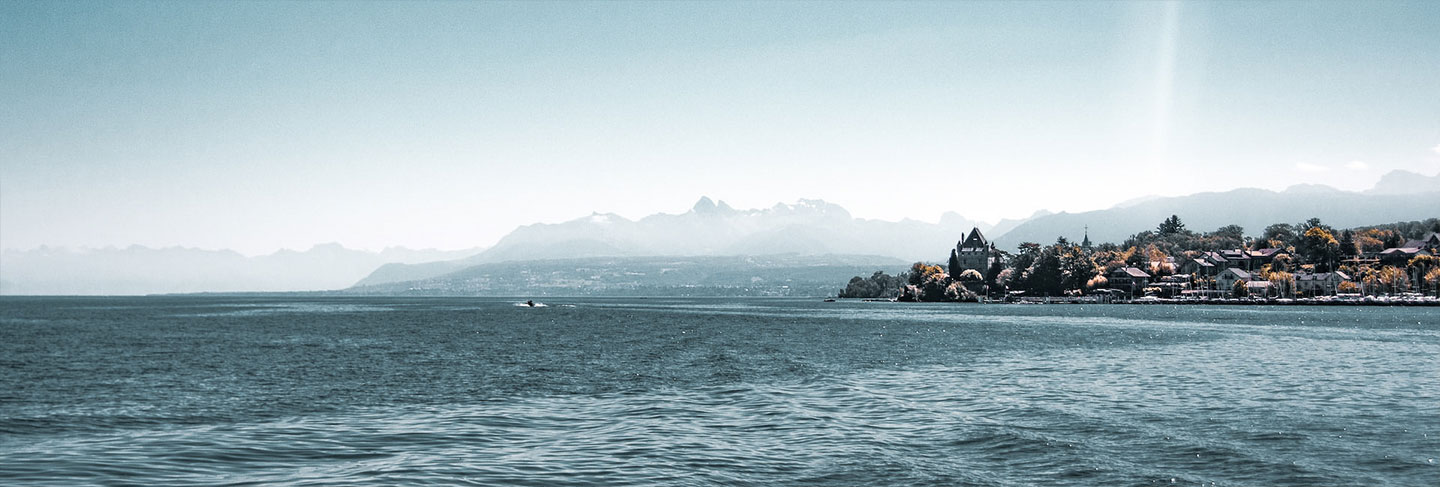In addition to its superb ski resorts, the French Alps are a great destination for those who like to go hiking, mountaineering or paragliding in summer.
The French Alps also boast a great historical heritage, which you can discover by strolling through the narrow streets of Vieux-Annecy, Chambéry, or the upper part of Briançon.
From charming towns to national parks and iconic Alpine landscapes, here are some of the best places to visit in the Alps.
The Aiguille du Midi (3,842 m) is a mountain in the Mont Blanc massif, accessible by cable car. It is the highest attraction in Europe, offering the visitor a unique panorama of the highest peaks in Western Europe. It is also an excellent opportunity to get a closer look at Mont Blanc (4,808 m), the highest mountain in the Alps and Western Europe. Don't miss The Vertical Space, a museum dedicated to the history of Mont Blanc's climbing adventures.
Located on the north shore of Lake Annecy in the Haute-Savoie region, Annecy is one of the most beautiful towns in France, with a pretty medieval centre containing beautiful monuments such as the Palais de l'Isle castle, now a history museum, and the Château d'Annecy. You can cycle around the lake or spend a relaxing day on one of its beaches. Lake Annecy is one of the great spots in the world for paragliders, with many competitions taking place there.
Located in the Hautes-Alpes department, at an altitude of 1,326 metres, Briançon is the highest town in the European Union. A garrison town fortified by Vauban in the 18th century, Briançon has been a UNESCO World Heritage Site since 2008. Vauban's Citadel, at the foot of the castle, is the beating heart of Briançon. You can also admire other historical monuments such as the Collegiate Church of Notre Dame, the Church of the Cordeliers, the old coloured houses, the Place d'Armes, or the fountains and sundials that adorn the narrow streets.
Chambéry is the capital of Savoie. Some of the best ski resorts in the Alps are within an hour's drive of Chambéry. It is also the ideal starting point for hiking (Massif de Bauges, Massif de Chartreuse) or a day trip to Lake Aiguebelette. Don't miss the medieval castle of the Dukes of Savoy (where the first counts of Savoy settled in 1285), Chambéry Cathedral, the intriguing Elephant Fountain, and much more.
Chamonix is a world-renowned ski resort that became famous in 1924 for hosting the Winter Olympics. Nestled in the Arve Valley at the foot of Mont Blanc, Chamonix comprises 16 charming villages and hamlets, including Argentière, Le Tour and Montroc.
Chamonix's main tourist attraction is the Aiguille du Midi, which is easily reached by cable car (30 mins) from the centre of Chamonix. You can also take the Montenvers train from Chamonix through forests, tunnels and viaducts to the famous Mer de Glace glacier (1,913m), the largest glacier in France. The list of activities includes a visit to the Grotte de Glace, summer sledging, or a stroll along the pretty streets of its town centre.
In the department of Savoie, the Lac du Bourget is the largest natural lake in France (18 km long). This magnificent lake, which borders the famous spa town of Aix-les-Bains, is surrounded by the Massif de l'Epine, the Mont du Chat, the Chambotte, the Mont Revard and the Bauges. It is the ideal place for a relaxing walk or a bike ride, but also for a swim in summer (the water can reach 26°) or water activities like kayaking, canoeing, fishing or sailing.
The Abbaye d'Hautecombe, on the wild side of the lake, is also worth a visit. This 12th century Cistercian abbey displays an eccentric gothic style. From Aix-les-Bains, it takes 35 minutes by car to reach the site, but you can also take a boat cruise to Aix, which includes a visit of the building.
In the heart of the Vercors massif, Mont Aiguille is a wonder to behold. The Vercors massif is a mountainous massif in the Pre-Alps, between the departments of Isère and Drôme. It is a rugged and complex relief of cliffs, ridges and gorges that reaches its highest point at Grand Veymont (2,341 m).
To admire and make the most of this outstanding natural setting, the park offers a wide range of summer activities, such as hiking, climbing, canyoning and paragliding. Among the excellent hikes that can be done in this area, we recommend the Tête Chevalière hike.
The Ecrins National Park, located between the departments of Isère and Hautes-Alpes, is one of the largest protected mountain areas in France, with more than forty glaciers and a hundred or so summits. Some of them reach over 3,000 m, including the famous Barre des Ecrins, at 4,102 m. Here you can enjoy 740 km of marked trails, including the GR54, which circles the Oisans. The park is also home to a vast biodiversity of animals and plants, with more than 4,000 species recorded. In the Ecrins National Park, it is also possible to find the purple saxifrage, the plant species growing at the highest altitude in France (4,070 m!).
This 12th century fortress, located in the Hautes-Alpes region, is located on a hill in a glacial valley overlooking the Guil gorges. This impressive fortress housed soldiers charged with protecting the Dauphiné against incursions from the Savoyards or Provençals. In the 1700s, the military architect Vauban launched a project to restore the fort to make it impregnable. After crossing the drawbridge, you can then navigate an intricate labyrinth of passages, staircases and bastions, built between the 12th and 19th centuries.
Sitting at an altitude of 2,042 metres, Saint-Véran, in the heart of the Queyras Regional Natural Park, is the highest commune in Europe. With a population of just over 200 inhabitants, Saint-Véran is one of the most beautiful mountain villages in the French Alps, "where the roosters peck at the stars". Here you will find traditional architecture with stone houses, log cabins, larch wood fountains and sundials. Don't miss the fascinating Soum museum, which shows how a 17th century farm was organised in total isolation during the long winter months.
This picturesque medieval village on the French side of Lake Geneva is listed as one of the Most Beautiful Villages in France. Unfolding 700 years of history, Yvoire features magnificent ramparts and fortified gates, a medieval castle and cobbled streets.
Don't miss the Jardin des Cinq Sens, in the heart of the village, classified as a remarkable garden by the Ministry of Culture. In the afternoon, take a drink or have dinner on one of the pretty terraces next to the lake.
